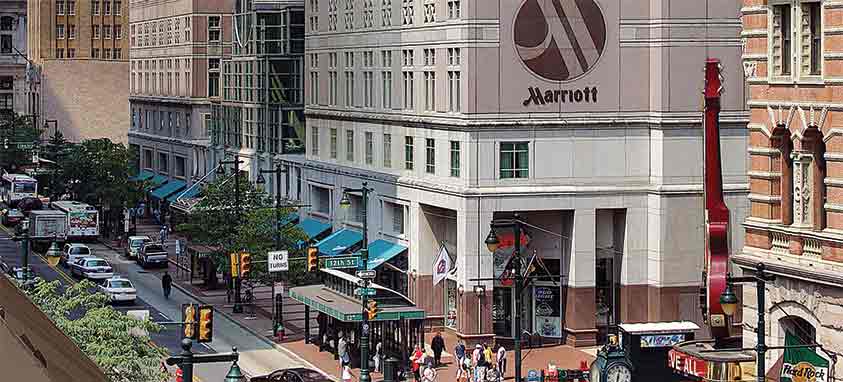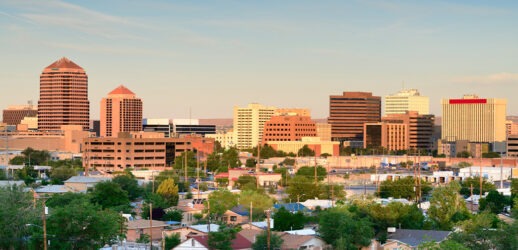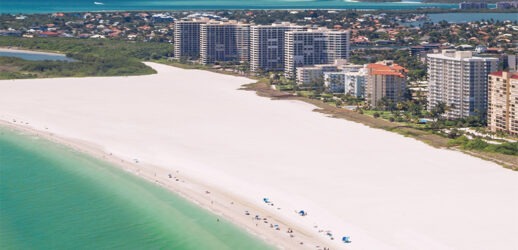Philadelphia Marriott Downtown
Convention center district has cornered the market on convenience
Last month, just as the Global Pharmaceutical and Medical Meetings Summit was about to convene at Philadelphia Marriott Downtown, the City of Brotherly Love was named the best place to visit in the United States by Lonely Planet.
Philadelphia was already feeling blessed following a visit by Pope Francis in the summer and excited about the Democratic National Committee convention coming to town in July to nominate the party’s presidential candidate. The Lonely Planet accolade was icing on the cake of what has evolved into a pretty impressive year for Philadelphia.
“We’re the hot place to be,” says Deirdre Childress Hopkins, strategic communications manager for Pennsylvania Convention Center.
Lonely Planet noted Philadelphia’s craft breweries, locavore eateries, history and “Rocky” as reasons it beat out East Coast rivals New York City and Washington, DC, as well as all other U.S. cities.
Besides being a great place to visit, Philadelphia is an incredibly inviting place to meet. For starters, the city boasts a convenient and cost-effective train service from Philadelphia International Airport (PHL) to downtown. There are nearly 5,000 guest rooms less than a five-minute walk from the convention center, which covers six city blocks amid shopping and restaurants.
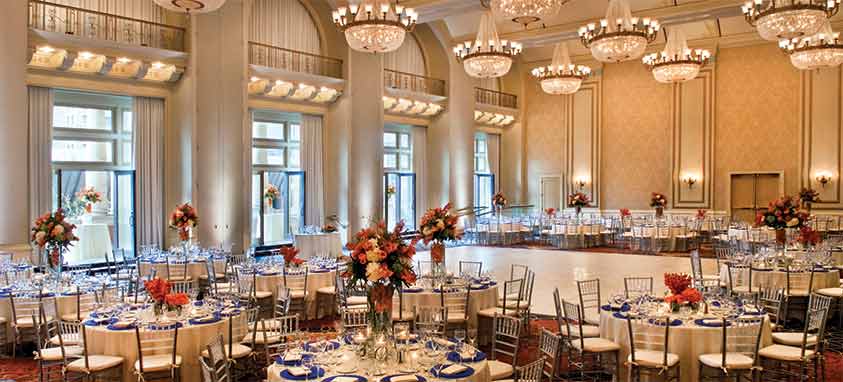 Philadelphia Marriott Downtown
Philadelphia Marriott Downtown
The Marriott, which features 1,408 guest rooms and nearly 100,000 sq. ft. of meeting space, is connected to the convention center and serves as the headquarter hotel. The largest hotel in Pennsylvania served as an ideal setting for the medical meetings summit, since the event required exhibition space for suppliers, as many as five more rooms for breakout sessions and a large ballroom for general sessions.
Even though the summit only used 200 guest rooms a night, it needed much more meeting and exhibition space than most events its size. The Marriott’s meeting space is located on its third, fourth and fifth floors, with seamless flow so attendees can move from the exhibition area and breakouts to the general session with ease. Not only was the Marriott well-suited to accommodating the expansive medical meeting summit, but several other groups onsite went practically unnoticed.
Marriott & Convention Center Salute History
A member of the Marriott Convention & Resort Network, the Philadelphia hotel features a unique historic tower that is separate from the rest of the property and even closer to the convention center. Headhouse Tower offers 200 guest rooms and two ballrooms, creating a more intimate space for smaller groups, especially executive meetings where privacy is essential.
“The goal is to be a huge hotel when we need to be, but be able to break it down for smaller events,” says Perry Kessler, director of sales and marketing for Philadelphia Marriott Downtown. “It’s a real luxury to have the historic tower.”
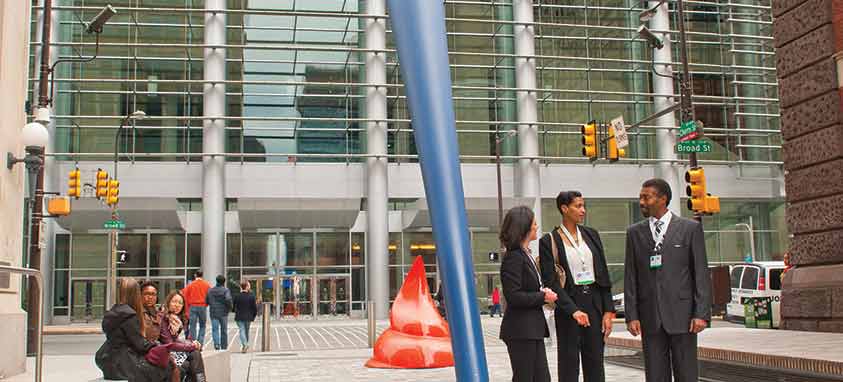 Pennsylvania Convention Center
Pennsylvania Convention Center
The convention center itself is a historic gem, incorporating the former Reading Terminal railroad station into its meeting and event space. The center boasts 1,000,000 sq. ft. of rentable space, including 82 meeting rooms and 679,000 sq. ft. spread out among seven exhibition halls. The largest of three ballrooms measures 55,408 sq. ft. A 400-seat lecture hall is perfect for presentations and product launches.
In 2011, the convention center was expanded with a LEED Gold certified wing, giving the venue a cutting-edge design that complements the historic elements of the train station. (The original train rails are still visible in the flooring of the only remaining Victorian-era train shed in America.) The expansion features a dramatic 110-foot-high glass wall, with lighting that can be customized for branding.
Numerous other features are notable about the convention center. There’s a self-contained breastfeeding station and restrooms that can be converted from men’s rooms to women’s rooms, especially when most attendees are females.
Impressive displays of work by artists with Philadelphia connections add a cultural touch throughout the convention center; the collection will expand to 125 pieces in the next 18 months. China Wedge by Mei Ling Hom is a sculpture composed of white crockery, designed to portray immigrant experiences and give a nod to Chinatown, which is adjacent to the convention center. Across the street from the convention center is Pennsylvania Academy of the Fine Arts.
 Reading Terminal Market
Reading Terminal Market
There’s a market below the convention center, which adds fun and practical components to Philadelphia’s meeting district. Reading Terminal Market is like an indoor farmers’ market, with groceries and food stations. Cheesesteak and pizza stands are juxtaposed by Chinese fast food and regional specialties served up by young Amish women who live outside the city limits. The Marriott can arrange food coupons so attendees can head over to the market for lunch in between sessions.
According to the Philadelphia Convention & Visitors Bureau, 12 hotels with 2,500 guest rooms will be opening in the city, from University City to the business district to Rittenhouse Square, and on Avenue of the Arts north and south of City Hall. Hotels will include nationally known chains, international names new to the region and boutique hotels. The additional hotel rooms will allow the city to book larger conventions and simultaneous conventions.
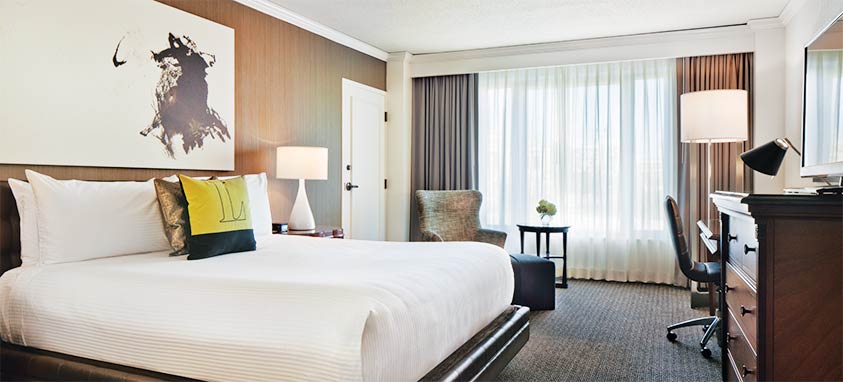 The Logan Hotel photo by Andrew Bordwin Photography
The Logan Hotel photo by Andrew Bordwin Photography
The former Four Seasons building opened in December as The Logan Hotel. A member of the Curio by Hilton brand, The Logan adds 391 guest rooms and suites, and 18,300 sq. ft. of indoor and outdoor event space to the City Center district. North of the convention center, Madrid-based AC Hotels will open a sophisticated 140-room property in 2018.
“The city is exploding all around us,” Kessler says. “You feel like you’re a part of the city when you meet here.”
Last year, Philadelphia was crowned the first UNESCO World Heritage City in the United States. The status will no doubt enhance the city’s international stature, as well as remind Americans that Philadelphia should not be overlooked for both leisure and business travel.
